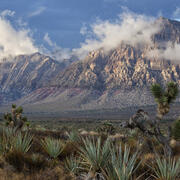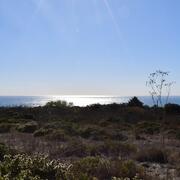Securing the National's Need for Native Seed
Land management research in support of streamlined energy development, economic growth, and wildfire management
Land Management Research Program
The Land Management Research Program conducts research to improve the effectiveness of land management and inform restoration of priority ecosystems on millions of acres including public lands such as National Parks, refuges, and other critical landscapes that support the biodiversity of fish, wildlife, and plant species, as well as thriving economies.






